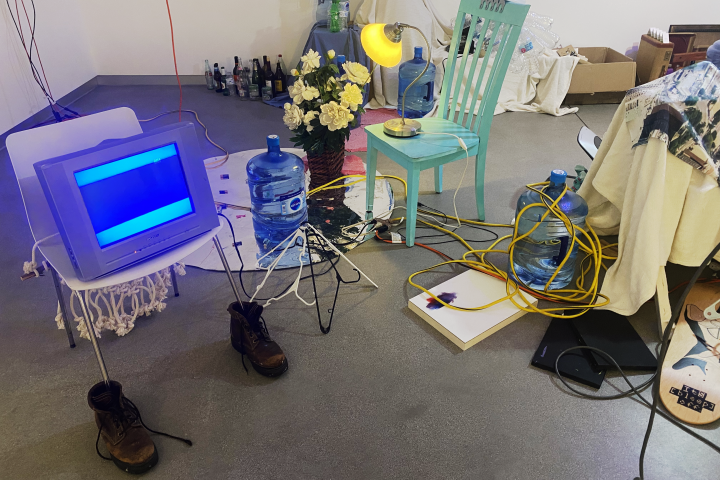Nuclear power is a trending topic lately. What’s missing from most of these conversations is the nitty gritty details of the nuclear waste produced from nuclear power plants, and how to handle it. In mainstream and social media, nuclear is often hyped up as a climate solution and the issue of what to do with the waste is promoted as being nearly or already solved. Unfortunately this conception is entirely inaccurate. Most people don’t think about the problem of nuclear waste on a frequent basis, however New Mexicans are often forced to confront it whether we like it or not (spoiler: most of us DON’T).
New Mexico has the Waste Isolation Pilot Plant (WIPP) in the southeastern corner of the state, where radioactive waste is stored in a salt formation repository located deep underground. WIPP has been open since 1999, and now federal regulators are currently considering another facility that would store up to 175,000 metric tons of high-level radioactive nuclear waste. The new repository is called a “HI-STORE Consolidated Interim Storage Facility” by Holtec International, the New Jersey-based company who owns the private waste facility, and the waste would be transported in from nuclear reactors around the nation. The Nuclear Regulatory Commission issued Holtec a license for this project on May 9, 2023.
But there’s a big problem; despite the U.S. Government, through the Department of Energy, pushing for “Consent-Based Siting” to determine the location of an interim nuclear waste storage facility, “following congressional direction to allow for the removal of spent nuclear fuel from reactor sites across the United States and promote new job opportunities in host communities” (energy.gov), with “a greater emphasis on equity and environmental justice,” taking “additional steps…to ensure the fair treatment and meaningful involvement of ALL communities to prevent any targeting of underserved and vulnerable communities moving forward” (energy.gov), the fact remains that the state of New Mexico has passed a law, Senate Bill 53, set to go into effect this month on June 15, that prohibits the state or other New Mexico authorities from issuing permits, contracts or leases for a disposal site for high-level nuclear waste. Like the one proposed by Holtec International.
So, What Exactly is Holtec Proposing? And For How Long?

Holtec plans to scale site up
Holtec has said it intends to eventually store 10,000 cannisters at the site, which would mean nearly 175,000 metric tons of nuclear waste warehoused in the New Mexican desert. That expansion would be done over 19 phases, and each phase will require a new amendment to the license with additional reviews by the NRC.
There has been widespread opposition to Holtec’s plan in New Mexico, and that sentiment was echoed in a statement released by the state’s entire congressional delegation on Tuesday.
“Today the Nuclear Regulatory Commission used ‘interim’ standards to approve indefinite nuclear storage in New Mexico. No matter how many times NRC and Holtec use the word ‘interim,’ it doesn’t make it so. And the people left to pay the consequences will be New Mexicans,” said Sen. Martin Heinrich (D-New Mexico). “Until there is a permanent repository for our nation’s spent nuclear fuel, no regulatory commission should be using ‘interim’ standards to approve ‘indefinite’ storage. New Mexicans didn’t sign up for this.”

